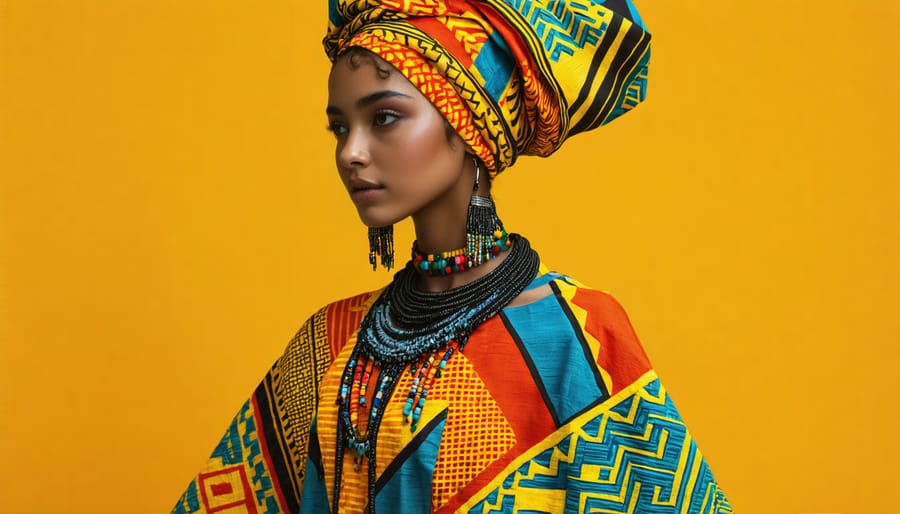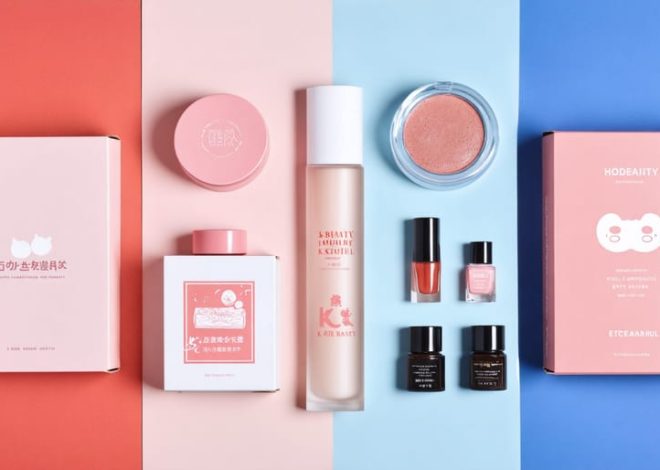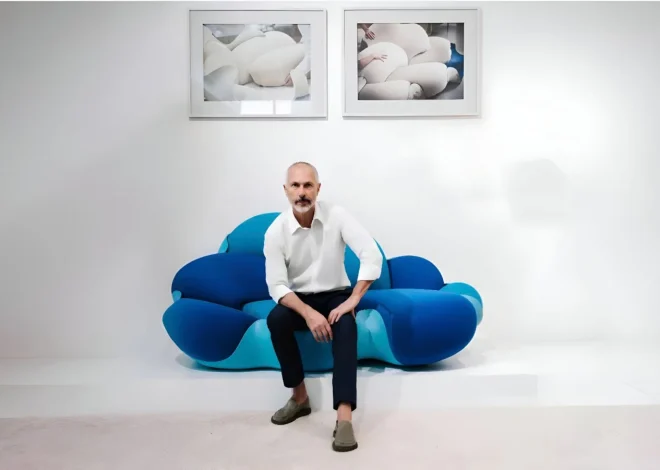How Ethiopian Fabric Patterns Are Shaping the Future of Modern Fashion

Ethiopian fabric patterns go beyond mere decoration—they are vibrant narratives of heritage, resilience, and creative innovation that continue to reshape the landscape of contemporary fashion. From the delicate geometric designs of the Habesha kemis to the vivid color schemes found in traditional Tigray textiles, these fabrics have significantly influenced the infusion of Eastern aesthetics into Western style. Today’s designers are breathing new life into these age-old motifs, reinventing them as modern expressions that honor cultural preservation while pushing fashion forward. Whether featured on high-fashion runways or inspiring urban streetwear, Ethiopian patterns serve as a compelling example of how cultural authenticity can harmonize with modern sophistication, proving that true style transcends eras while respecting its origins.
The Rich Legacy of Ethiopian Textile Art
Enduring Patterns and Their Symbolism
Ethiopian fabric designs are rich with symbolism, each pattern carrying deep cultural stories woven over centuries. The distinctive tibeb pattern, characterized by diamond shapes, embodies unity and communal ties, reflecting Ethiopian social values in a visually striking way. These dynamic geometric patterns appear in both traditional and contemporary fashion, offering meaningful style choices for those drawn to heritage.
The key pattern, with its intricate interlocking shapes, represents the unbroken link between past and present. Commonly used in borders, it has become a favorite among modern designers due to its adaptability and profound symbolism.
Known locally as ‘gebete-lemat,’ the zigzag pattern symbolizes life’s journey and the Ethiopian highlands. This powerful motif has transcended its traditional context to become a bold statement in today’s fashion, combining aesthetic appeal with cultural depth.
The spiral design signifies ongoing growth and transformation—ideal for fashion enthusiasts who evolve their style while remaining connected to their roots. These timeless motifs highlight how fashion can carry both meaning and elegance.
Traditional Craftsmanship Techniques
Skilled Ethiopian artisans bring these fabric patterns to life through age-old weaving methods passed down through generations. The process begins with hand-weaving on traditional looms, where weavers may spend several days perfecting a single piece. Every thread is meticulously chosen and placed to form the intricate geometric designs that define Ethiopian textiles.
The dyeing process uses natural, locally sourced materials to create rich, vibrant colors. Indigo leaves produce deep blues, kosso flowers yield vivid purples, and the roots of the rue plant generate a warm orange-red hue characteristic of Ethiopian fabric. These natural dyes are often combined with traditional mordants such as ash and salt to ensure lasting colorfastness.
What sets these techniques apart is the thoughtful, communal approach to craftsmanship. Weavers often work together, exchanging stories and wisdom as their hands move rhythmically across the loom. This practice not only produces fabric but also preserves culture and community. Contemporary Ethiopian designers honor these traditions while adding modern innovations, ensuring these ancient skills thrive in today’s fashion world.
Ethiopian Patterns in Contemporary Fashion
Runway Highlights
Ethiopian patterns have recently captured global attention on international runways, illustrating how artistic influences in fashion transcend borders. Both established and emerging designers have incorporated these intricate motifs, marking a milestone in the evolution of runway fashion.
At New York Fashion Week, rising designer Mimi Tadesse impressed audiences with her Fall/Winter collection that offered modern twists on traditional Habesha patterns. Her creative use of tilf motifs on flowing gowns achieved a perfect blend of heritage and contemporary flair. Meanwhile, luxury label Versace integrated Ethiopian cross patterns into their Resort collection, demonstrating the seamless integration of these designs into high-end fashion.
Ethiopian-born designer Yohannes Mekbib’s Spring collection showcased the versatility of these motifs, using unexpected color pairings like electric blue with bronze and sage with coral. His work reimagined traditional netela border designs for today’s wardrobes while retaining their cultural essence.
Excitingly, these patterns are also appearing in ready-to-wear lines at more accessible prices, with major retailers offering Ethiopian-inspired pieces that allow a broader audience to engage with these rich designs.
The Streetwear Movement
In streetwear, Ethiopian patterns are creating a bold cultural shift, injecting urban fashion with dynamic geometric prints and deep heritage. What began as a subtle influence has grown into a full-fledged style movement, with trendsetters incorporating these vibrant textiles into their everyday apparel.
Leading streetwear brands have partnered with Ethiopian designers to produce collections that blend traditional patterns with modern silhouettes. From bomber jackets embellished with Tilet motifs to sneakers featuring Tibeb-inspired designs, these items allow wearers to express individuality while honoring Ethiopia’s artistic traditions.
Social media has accelerated this trend, with influencers showcasing creative styling of Ethiopian-inspired pieces—whether oversized hoodies featuring modernized Amhara patterns or classic white sneakers refreshed with colorful textile prints.
The appeal of this streetwear revolution lies in its accessibility—a simple scarf with traditional designs can elevate an outfit, or a crossbody bag adorned with Ethiopian motifs can add personality to everyday wear. This movement celebrates diversity and cultural exchange through personal fashion choices.
By embracing Ethiopian patterns, streetwear culture demonstrates that these textiles are not reserved for special occasions but are perfectly suited for daily wear, adding authenticity and creativity to contemporary street style.
Styling Tips for Ethiopian-Inspired Looks
Mastering Pattern Mixing
Interested in incorporating Ethiopian patterns into your wardrobe but unsure how to combine them? Start by treating bold Ethiopian designs like Tilet or intricate Tibeb as statement pieces. Pair a brightly patterned Ethiopian blazer with simple basics—such as a crisp white shirt and tailored black pants—to let the pattern shine.
For those who like to experiment, mix Ethiopian prints with modern patterns by playing with scale. Pair smaller, detailed Ethiopian motifs with larger contemporary prints, or vice versa. For example, a pencil skirt with delicate Ethiopian cross patterns looks stunning alongside a boldly striped blouse.
Color coordination is key—use the rich hues found in Ethiopian textiles as a palette guide. If your Ethiopian piece features deep reds and golds, complement it with similarly toned or harmonizing colors in your modern garments. Monochromatic looks also work well—a scarf with Ethiopian prints can add a striking accent to an all-black outfit.
Confidence is essential. Beginners might start with accessories like scarves or clutches, gradually moving toward larger statement pieces as they grow comfortable with pattern mixing.
Purposeful Accessorizing
When styling Ethiopian patterns, allow the vibrant textiles to take center stage by choosing accessories that enhance without overpowering. Metallic jewelry reflecting geometric motifs—such as bold brass earrings or layered gold necklaces—works beautifully.
For a contemporary edge, pair Ethiopian-patterned clothing with leather accessories in earthy tones. A structured cognac leather bag or simple sandals can ground vivid patterns while preserving cultural authenticity. Traditional Ethiopian crosses or pendants add meaningful accents to your look.
Consider cinching Ethiopian-inspired dresses or tunics with handwoven belts in matching tones or a simple leather belt to define the waist subtly. For headwear, a traditional Ethiopian head wrap in a solid color that complements one of the pattern’s shades is a stylish choice.
Less is more—select one or two standout accessories and keep the rest minimal. This balance allows the intricate Ethiopian designs to shine while creating a sophisticated, culturally respectful ensemble.
Supporting Ethical Ethiopian Fashion
Choosing Ethiopian textiles means embracing beautiful designs and supporting a rich cultural legacy that empowers local artisans. Many Ethiopian fashion brands lead in sustainable and ethical production, combining traditional weaving with fair labor practices.
Organizations like Sabahar and Ethiopian Traditional Textiles (ETT) work directly with local weavers, ensuring fair wages and preserving age-old techniques. These groups often employ women from rural areas, providing sustainable income and professional growth opportunities. The result is exquisite, handwoven fabric imbued with both beauty and purpose.
When shopping, look for certifications such as Fair Trade and GOTS (Global Organic Textile Standard). Many contemporary Ethiopian designers also emphasize eco-friendly methods, using natural dyes and organic cotton in their processes.
Supporting these ethical producers means investing in garments that tell stories of empowerment. Whether purchasing a handwoven scarf from a women’s cooperative or a modern dress adorned with traditional motifs, each piece contributes to sustaining Ethiopia’s textile heritage and promoting fair labor standards.
To ensure your Ethiopian fashion is ethically sourced, research brands’ production practices, seek out direct artisan partnerships, and feel free to ask questions about sourcing transparency.
Ethiopian fabric patterns continue to captivate the global fashion community, demonstrating that true artistry defies boundaries and time. These intricate designs have gracefully transitioned from local markets to international runways, merging heritage with contemporary style. As fashion increasingly values authenticity and meaningful expression, Ethiopian patterns offer a unique way to celebrate diversity and make bold personal statements. Whether featured on statement dresses, elegant scarves, or modern blazers, these timeless motifs carry forward centuries of artistic tradition while inspiring fresh, relevant looks. Their lasting allure lies not only in their striking aesthetics but also in their power to tell stories, express identity, and connect us to a vibrant cultural legacy that evolves and inspires continuously.



